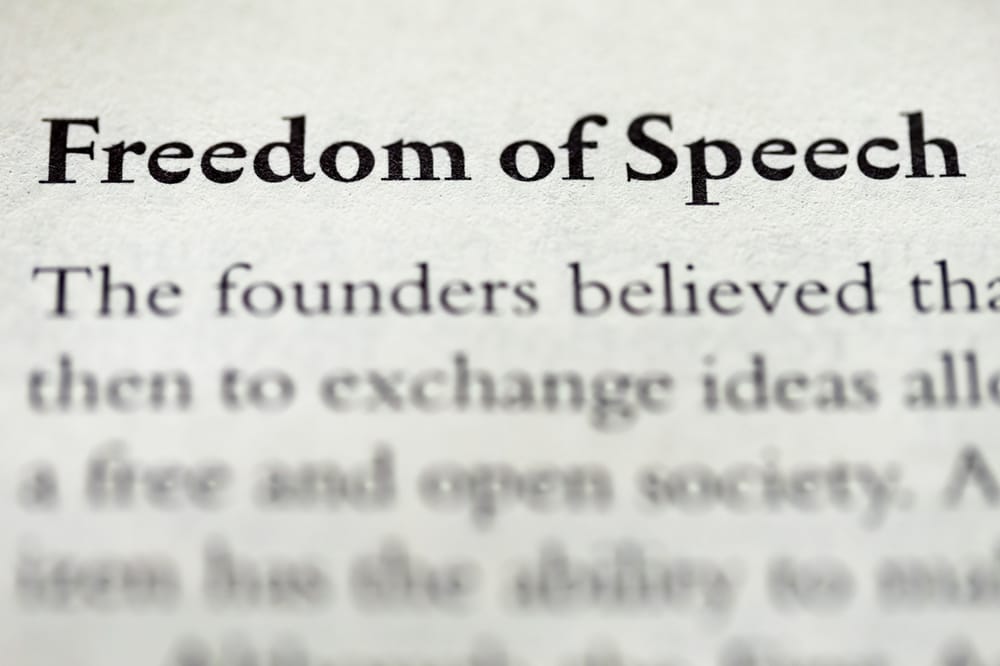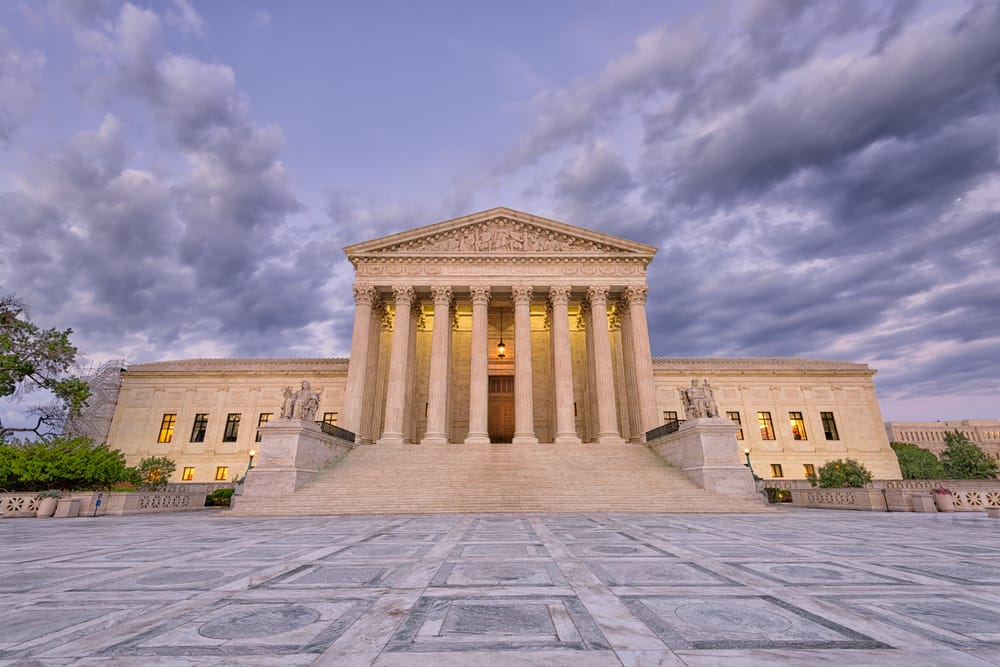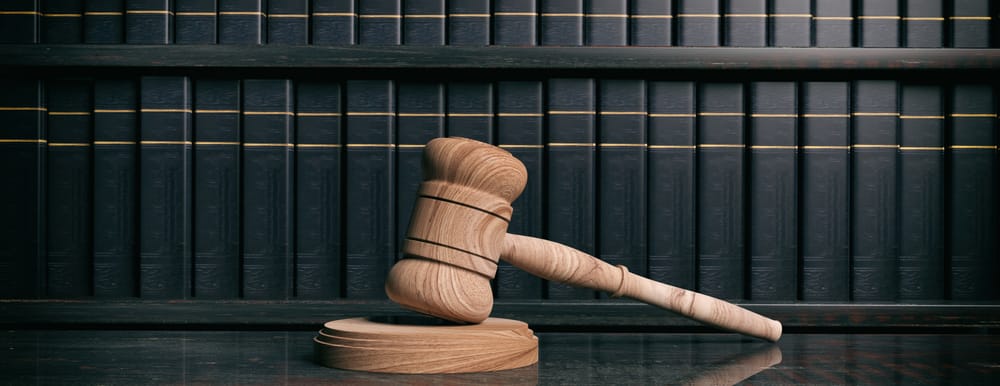The First Amendment to the U.S. Constitution, guaranteeing the freedoms of speech, religion, and the press, is a cornerstone of American democracy. Over the years, numerous cases have come before the U.S. Supreme Court, further defining and delineating these rights. Here are 12 landmark cases you should know:
Click the link on the case names to further explore on Etalia.ai.
1. Schenck v. United States (1919)
During World War I, Charles Schenck distributed leaflets opposing the draft. The Court's ruling introduced the "clear and present danger" test, determining when speech can be limited due to potential immediate harm.
2. Gitlow v. New York (1925)
Benjamin Gitlow distributed a socialist manifesto. In its decision, the Court applied First Amendment free speech protections to state governments via the Fourteenth Amendment's Due Process Clause.
3. Near v. Minnesota (1931)
Jay M. Near's newspaper, criticized for being malicious and defamatory, was halted by the state. The Court ruled against prior restraints on publication, bolstering freedom of the press.
4. Chaplinsky v. New Hampshire (1942)
After Walter Chaplinsky used "fighting words" against a city marshal, the Court carved out an exception to free speech protections for words that incite violence or immediate harm.
5. New York Times Co. v. Sullivan (1964)
In a libel action concerning an advertisement critical of Alabama officials, the Court established a high bar for public officials to claim defamation, introducing the actual malice standard.
6. Tinker v. Des Moines Independent Community School District (1969)
When students wore black armbands to protest the Vietnam War and were suspended, the Court declared that students do not lose their constitutional free speech rights on school property.
7. Miller v. California (1973)
Marvin Miller faced prosecution for distributing explicit materials. The Court's decision gave rise to the "Miller test" for determining obscenity, which is not protected by the First Amendment.
8. Texas v. Johnson (1989)
Gregory Lee Johnson burned an American flag in protest. The Court found flag burning to be symbolic speech protected under the First Amendment.
9. Reno v. American Civil Liberties Union (1997)
This case challenged the Communications Decency Act's efforts to shield minors from internet harm. The Court determined the act's provisions violated the First Amendment, recognizing expansive free speech rights online.
10. Citizens United v. Federal Election Commission (2010)
Citizens United's desire to air a film critical of Hillary Clinton led the Court to declare that political spending is a form of protected speech, allowing unlimited corporate and union spending on political activities.
11. Snyder v. Phelps (2011)
The Westboro Baptist Church's controversial protest at a military funeral became the center of this case. The Court ruled in favor of the church, highlighting that public-issue speech, even if offensive, is protected.
12. Matal v. Tam (2017)
An Asian-American rock band called "The Slants" was denied a trademark for their name. The Court ruled that denying the trademark based on potential disparagement was a First Amendment violation.
Note: This blog is a cursory overview of SCOTUS decisions on the cases pertaining to the First Amendment of the U.S. Constitution. Given the nuances inherent in each case, a comprehensive analysis would warrant a more exhaustive exposition. Always ensure factual accuracy and currentness when writing on legal topics, as newer decisions or legislation might alter the landscape. View these cases on Etalia.ai for the published opinion of the court, oral argument transcripts, and for recent cases, the audio of the oral arguments presented before the court.








